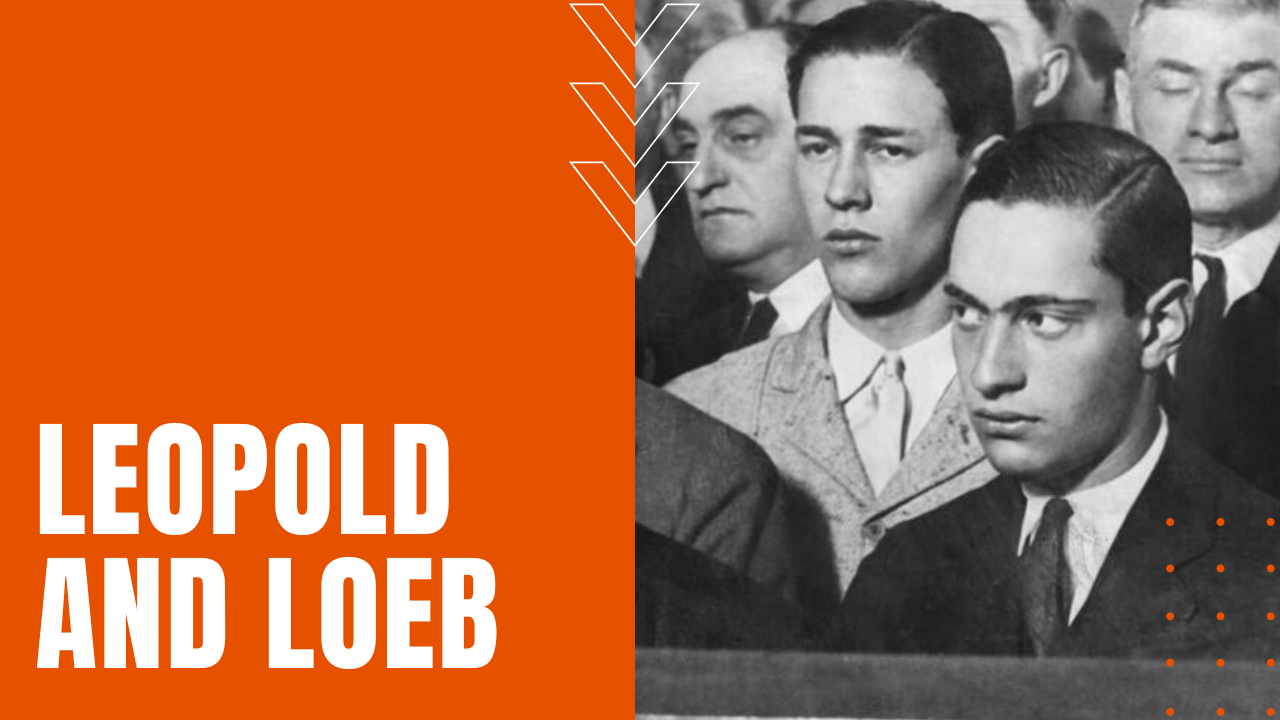Leopold and Loeb: Ego-Driven Murder

Known collectively in American history as Leopold and Loeb, Nathan Leopold Jr. and Richard Loeb both possessed extreme intelligence, and when the duo became friends at the University of Chicago, their mutual interest in crime hatched a belief that their superior minds would allow them to commit—and get away with—a perfectly-executed and quite sensational crime.
Leopold and Loeb’s “Perfect Crime”
On the afternoon of May 21st, 1924, Leopold rented a car under an assumed name, and as the duo cruised their wealthy childhood neighborhood in Chicago, they offered 14-year-old Bobby Franks a ride home. Instead, Loeb killed Franks with a chisel, driving 25 miles to Hammond Indiana, before stripping off Franks’ clothes in a culvert and pouring hydrochloric acid on the dead boy’s face and genitals.
After they burned their blood-stained clothing and cleaned up the interior of the rental car, they typed two ransom notes to Franks’ parents before destroying the typewriter and ditching it in the Jackson Park Lagoon.
Before the Franks family could respond to the ransom demands, Bobby Franks’ body was discovered in Hammond, along with a pair of eyeglasses found near Franks’ body with an unusual hinge configuration purchased by only three customers in Chicago—one of whom was Leopold.
Alibi Goes Bye Bye
Brought in for questioning, Leopold suggested that he lost the glasses during a bird-watching trip the previous weekend, and when Leopold and Loeb claimed that they had picked up two women in the Leopold family car the night of Franks’ murder, their alibi collapsed when the wife of the Leopold family chauffeur confirmed that the car was parked in the Leopold’s garage the night of the murder.
The duo’s case further eroded when the destroyed typewriter was recovered on June 7th, leading to confessions by both young men that they had killed Bobby Franks to satisfy their Übermenschen or supermen delusions about committing a perfect crime.
Trial of Leopold and Loeb
Quickly devolving into a media-circus trial of the century, Loeb’s family hired famed criminal defense attorney Clarence Darrow, paying him $70,000—$1.2 million in today’s currency—for the defense of their son.
Despite Leopold and Loeb’s confessions of guilt, the trial would span 32 days, including over 100 expert witnesses and a 12-hour speech by Darrow opposing the death sentence for his doomed clients. On September 10th, 1924, Cook County Circuit Court Judge John R. Caverly accepted Darrow’s guilty pleas for Leopold and Loeb, sentencing them to life in prison for murder, plus an additional 99 years for kidnapping.
What Happened to Leopold and Loeb?
Loeb was killed by a fellow inmate on January 28th, 1936, while Leopold was paroled in March of 1958, spending the rest of his life in Puerto Rico, before passing away from a heart attack in 1971, making Leopold and Loeb, an eye-opening footnote in the annals of American crime.
